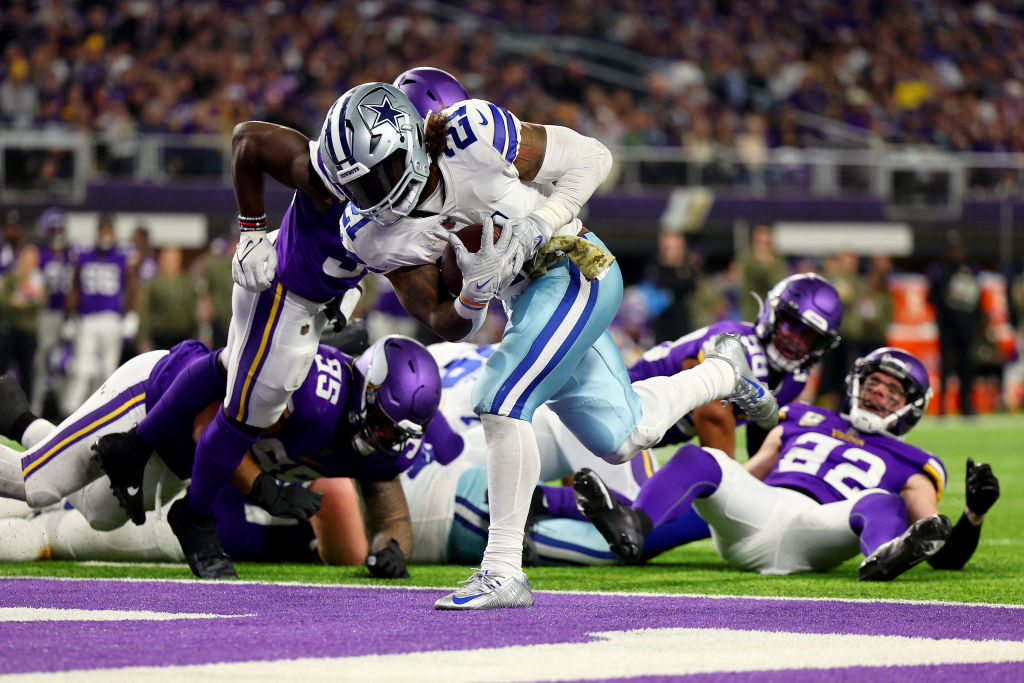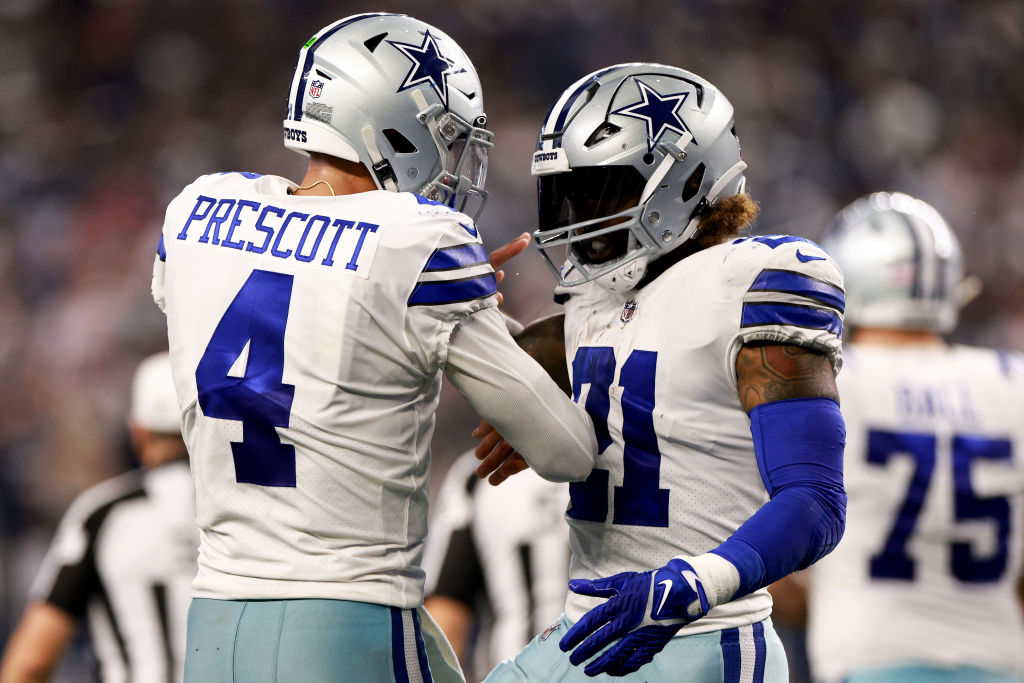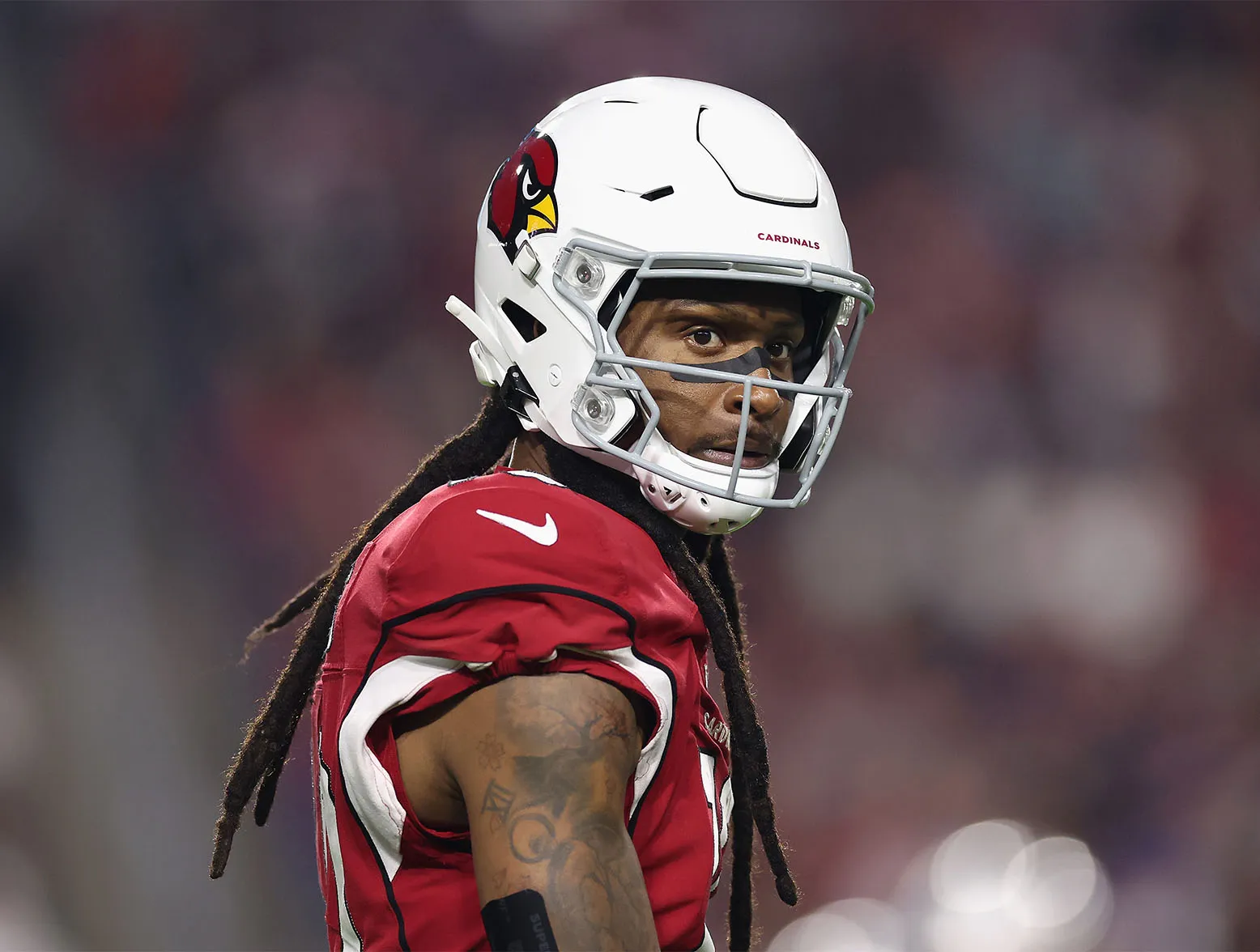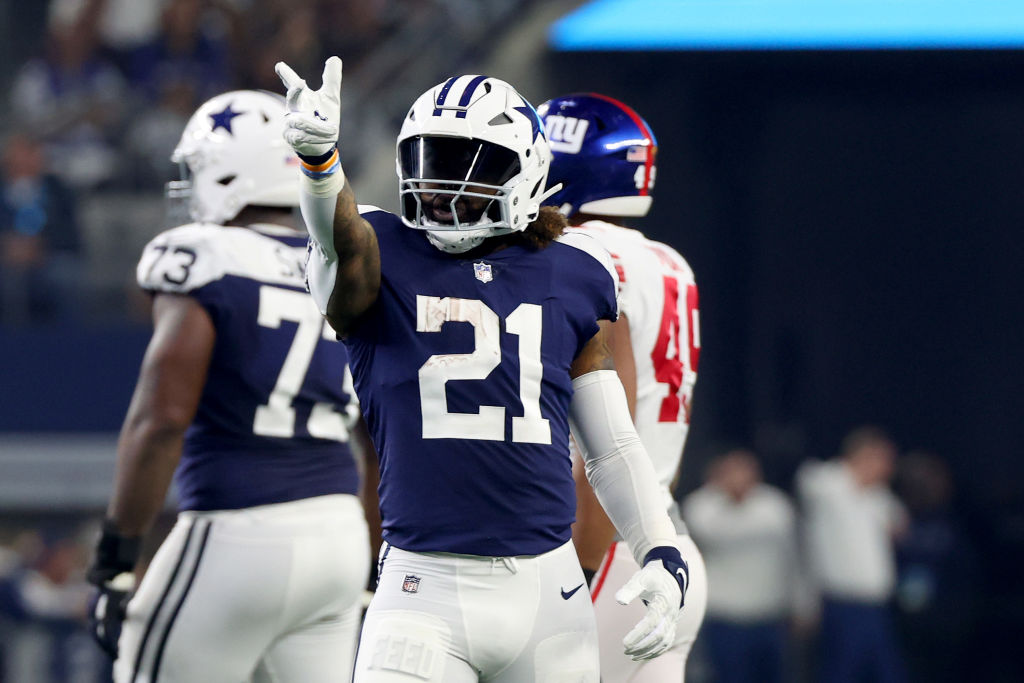On Monday afternoon, the New England Patriots made the signing many fans had been waiting for. Adding some much-needed established running back talent, they signed former Dallas Cowboys All-Pro Ezekiel Elliott to a one-year deal worth up to $6 million.
Elliott’s signing comes after anticipation had been building around him joining the Patriots. He had an official free agent visit with the team in late July. While the Patriots hosted a number of high-profile free agent visits this summer, none had turned into signings until Elliott.
READ MORE:
— Patriots Training Camp Notebook: Day 14
— Mike Gesicki suffers injury at Patriots practice
— Patriots sign XFL linebacker
This time though, the Patriots got their guy. And for where the team is at right now, Elliott was the right guy for the job. For the most part, Patriots fans seem to have understood this, as the reaction to the signing has been largely (but not entirely) positive.
What makes Elliott the right option for the Patriots? And how did they get to the point where a 28-year-old running back who was released by his team in March and went un-signed for four months is an answer? Let’s go through it, step-by-step.
Why do the Patriots need another running back?

New England Patriots running back Rhamondre Stevenson (Mark J. Rebilas-USA TODAY Sports)
Let’s start with the basics. Why was running back a position of need for the Patriots, with Rhamondre Stevenson coming off a career-year at just 25 years old?
Because Stevenson’s 2022 season isn’t sustainable. That’s not an indictment on his talent, but there’s a reason that hardly any NFL teams use true workhorse running backs anymore – and those that do often fall off late in the season. The game is simply too physical at this point to ask one player to carry the ball that much.
In 2022, Stevenson was given 279 touches (catches plus carries), which ranked 10th in the NFL. Like many of the players ranked above him, Stevenson’s production fell off late in the year. At one point, he acknowledged that the workload was getting to him physically. It was also reported over the offseason the Patriots believed they needed to better manage Stevenson’s reps, which has been apparent in training camp in his limited involvement in team drills.
Simply put, with Stevenson there should be a better job to find a balance between quality and quantity. Yes, he’s a playmaker with the ball in his hands. But if he takes too much of a beating early in the season, that ability becomes lesser late in the year. Even lessening his workload by four or five touches per game could make a difference and see him make more of an impact during a playoff push in December and January.
We’ve established some of Stevenson’s touches needed to go elsewhere. That brings us to our second point…









